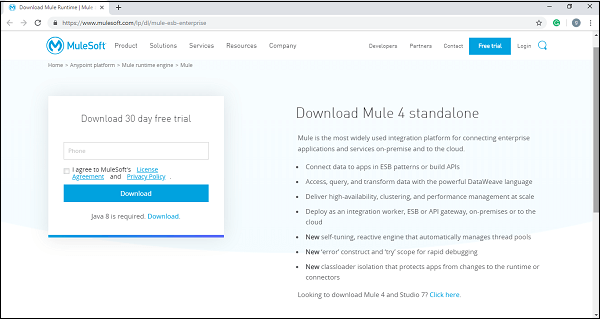Commercial Construction Challenges in Saudi Arabia’s Hot Seasons
1
0
·
2025/07/21
·
3 mins read
☕
WriterShelf™ is a unique multiple pen name blogging and forum platform. Protect relationships and your privacy. Take your writing in new directions. ** Join WriterShelf**
WriterShelf™ is an open writing platform. The views, information and opinions in this article are those of the author.
Article info
Categories:
⟩
⟩
Tags:
Total: 721 words
Like
or Dislike
More from this author
More to explore










Commercial construction in Saudi Arabia must contend with one of the world’s most extreme climates. Temperatures can soar above 50°C, creating a unique set of challenges for builders, developers, and engineers. From material performance to labor safety, hot seasons demand a specialized approach to ensure construction quality, safety, and project efficiency.
The Impact of Extreme Heat on Commercial Projects
Accelerated Material Degradation
High heat causes many construction materials to behave unpredictably. Concrete, for example, can cure too quickly in hot temperatures, resulting in surface cracking and lower long-term strength. Asphalt softens faster, steel expands, and plastic components may warp under direct sun exposure. These issues are amplified in large-scale commercial builds with tight tolerances.
Labor Productivity and Worker Safety
Heat stress and dehydration are major concerns for construction workers. Productivity can drop significantly during peak heat hours. Workers require more frequent breaks, hydration stations, and access to shaded areas, which can slow down the pace of construction and increase labor costs.
Scheduling Constraints
To protect workers and ensure material performance, construction activities are often scheduled during early mornings or evenings. This limits the number of workable hours each day and can stretch project timelines. Additionally, certain government regulations restrict work during high-risk heat periods, adding further delays.
Key Challenges in the Hot Season
1. Concrete Pouring and Curing
Proper curing is essential for concrete durability. In high temperatures, water evaporates quickly, and the hydration process is disrupted, leading to shrinkage cracks. Maintaining ideal curing conditions becomes especially challenging for large slabs or structural elements exposed to direct sunlight.
2. Equipment Overheating
Heavy construction machinery such as cranes, bulldozers, and concrete mixers can overheat during continuous daytime use. Breakdowns not only delay progress but also pose safety hazards. Equipment must be maintained more frequently and often needs rest intervals.
3. Supply Chain Disruptions
Long exposure to extreme heat during transport or on-site storage can damage sensitive materials such as adhesives, sealants, and chemical coatings. Extra care is needed in packaging, storage, and just-in-time delivery planning to reduce material wastage.
4. Quality Control and Testing
Construction quality testing — including concrete strength, asphalt compaction, and HVAC performance — must account for ambient heat. Instruments may need calibration, and test results could vary if not performed under standardized temperature conditions.
Best Practices for Building in Hot Weather
Optimize the Project Timeline
Plan major structural work and material-sensitive activities during cooler months if possible. If that’s not feasible, shift work schedules to early morning or night shifts and prioritize shaded or indoor tasks during the hottest hours.
Implement Heat Mitigation Techniques
Use reflective barriers, shading nets, or temporary shelters over critical work areas. Install misting systems or fans to cool work zones and concrete curing areas. Materials can be kept cool using insulated storage or chillers for mixing water and aggregates.
Choose Heat-Resilient Materials
Specify materials with higher thermal resistance and durability. Use admixtures in concrete that slow hydration, and opt for UV-stable paints, coatings, and finishes that won’t degrade under direct sun exposure.
Train and Protect the Workforce
Conduct heat stress awareness sessions. Ensure all workers are provided with cooling breaks, hydration solutions, protective clothing, and emergency response protocols. Consider rotating teams more frequently to minimize prolonged exposure.
Monitor and Adjust Continuously
Use environmental sensors to monitor temperature, humidity, and wind speeds in real time. Adjust curing schedules, testing intervals, and work pacing dynamically based on actual site conditions.
Long-Term Considerations for Developers
Lifecycle Performance of Materials
Buildings constructed in extreme heat zones face faster wear and tear. Developers should account for this by selecting low-maintenance, climate-resilient components in HVAC systems, insulation, and exteriors.
Energy Consumption and Indoor Comfort
Construction must be future-ready for energy efficiency. Proper insulation, solar-reflective materials, and high-performance glazing reduce cooling loads, while smart HVAC systems ensure long-term operational sustainability.
Compliance with Local Regulations
Governments often impose regulations during the hot season to ensure worker safety and material quality. Staying compliant not only protects the workforce but also shields projects from costly legal or reputational risks.
Final Thoughts
Commercial construction in Saudi Arabia’s hot seasons is not just about managing heat — it’s about adapting every phase of the project to protect people, preserve materials, and maintain timelines. With thoughtful planning, advanced materials, and modern project management techniques, developers can build resilient structures that thrive even under the harshest conditions.